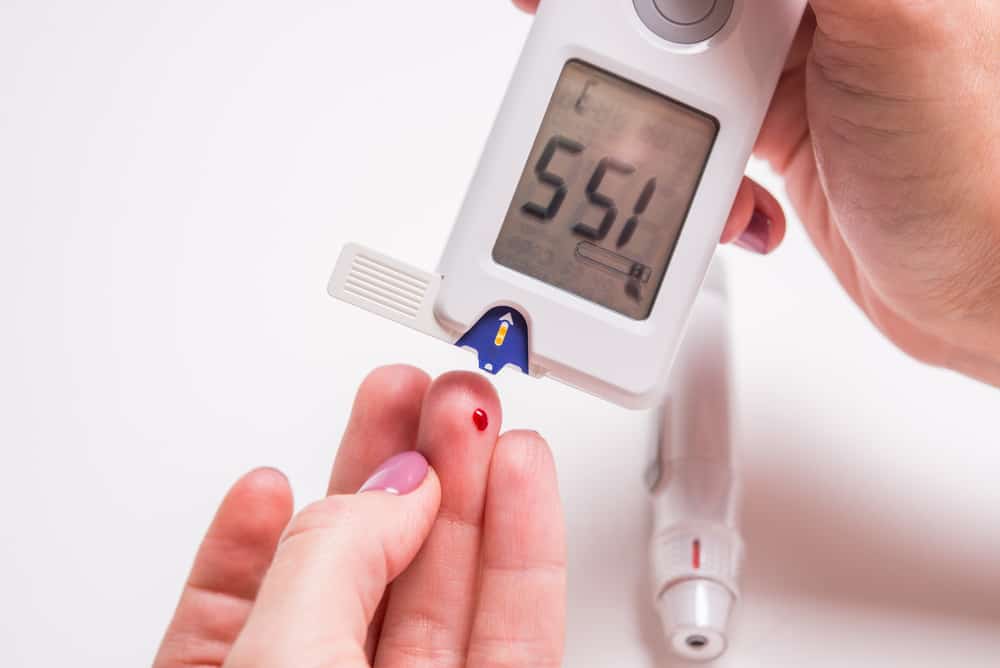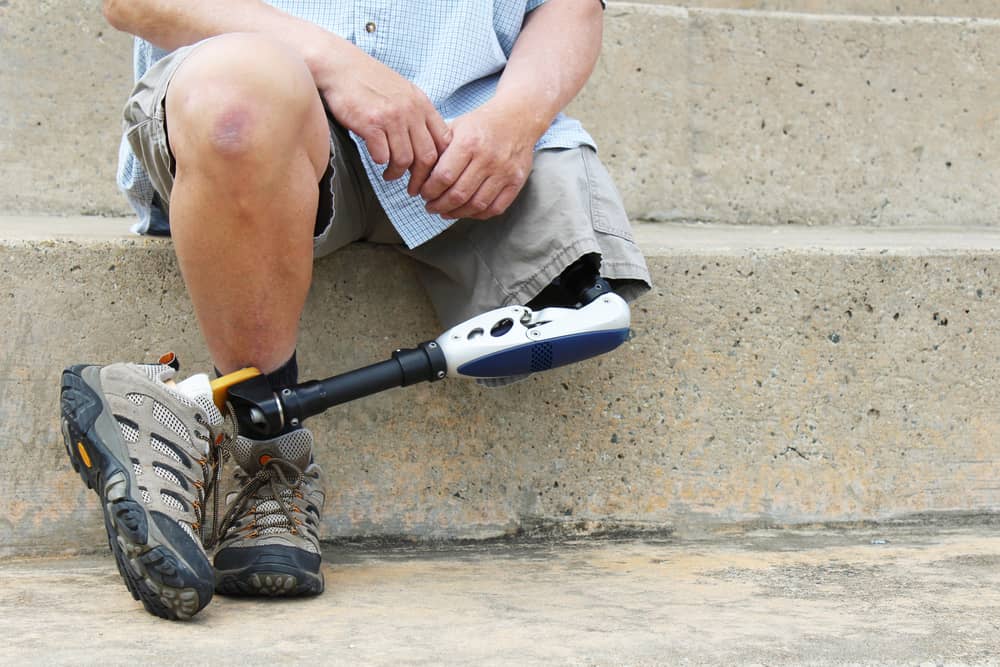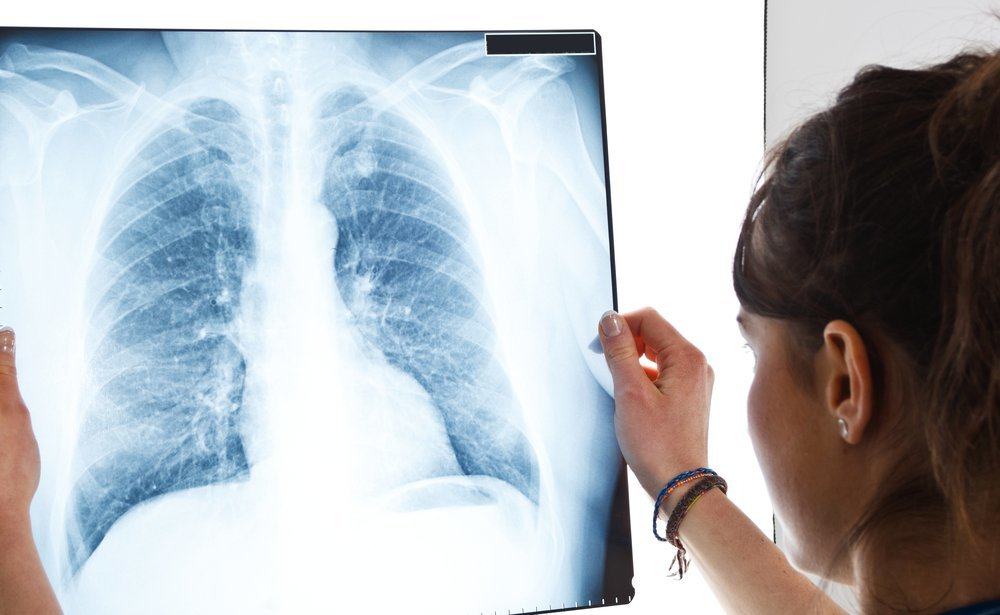Contents:
- Medical Video: Psoriasis: Types, Symptoms, Causes, Pathology, and Treatment, Animation
- Research on psoriasis and type 2 diabetes
- What is the connection between psoriasis and type 2 diabetes?
Medical Video: Psoriasis: Types, Symptoms, Causes, Pathology, and Treatment, Animation
Some studies show that people with skin disease have a high risk of developing type 2 diabetes. The higher the severity of psoriasis in the skin, the higher the risk of diabetes. How is the explanation? Consider the following review.
Research on psoriasis and type 2 diabetes
Reporting from WebMD, a Danish study by Ole Ahlehoff, MD, PhD, a doctor at the University of Copenhagen Gentofte, concluded that people with severe psoriasis will have twice the risk of developing type 2 diabetes.
The study was conducted by examining Danish national health data. More than 52 thousand people have psoriasis, 6,784 of whom are already in severe conditions. It was found that people with psoriasis were 5% more likely to develop diabetes than people without skin diseases.
However, for mild psoriasis patients, the risk increases to as much as 49% from diabetes, and even becomes twice as high if psoriasis is already in a severe condition. This finding proved true after the researchers accounted for other diabetes risk factors.
Then, a University of Pennsylvania study published in September 2012 in JAMA Dermatology compared more than 100,000 psoriasis patients, with 430,000 people who did not have psoriasis.
Researchers found that severe psoriasis patients were 46% more likely to develop type 2 diabetes than people who did not have psoriasis, while mild psoriasis patients had an 11% risk of developing type 2 diabetes.
Researchers then continued their research in 2013 published in JAMA Dermatology, which showed that complications of psoriasis could include other risks such as metabolic syndrome, heart disease, stroke, and death related to cardiovascular problems. When psoriasis has caused diabetes, kidney problems due to neuropathy and diabetic retinopathy may occur.
What is the connection between psoriasis and type 2 diabetes?
Psoriasis is a serious skin disease that results from abnormalities in the immune system that disrupt skin and joints. About 80-90% of patients with psoriasis have plaque psoriasis, which is inflammation that makes thick red spots appear on the skin, and covered with scales. These spots can appear on the elbows, palms, face, scalp, lower back, knees, soles of the feet, nails, mouth, even genitals.
Reporting from Science Daily, research that has been done shows that psoriasis, type 2 diabetes, and obesity are closely related. Psoriasis and type 2 diabetes, both can cause inflammation of the skin.
"Inflammation caused by psoriasis can increase insulin resistance. Both of these diseases have similar genetic mutations, indicating a basic biological relationship, "said Joel M. Gelfand, MD MSCE, senior study author and professor of Dermatology and Epidemiology at the University of Pennsylvania.













